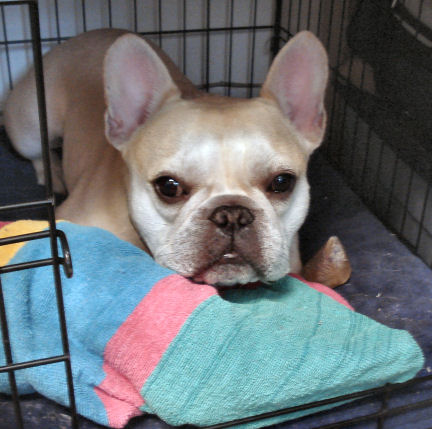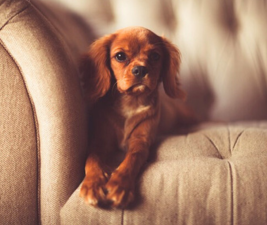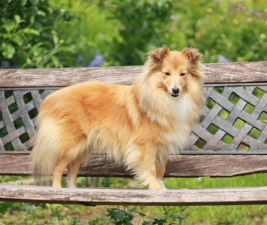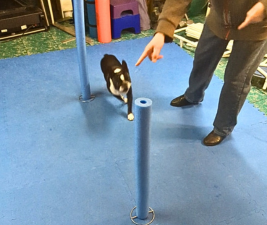One of the dog issues that bothers devoted dog owners most is separation anxiety. We hate causing our dogs stress of any kind. But even the best-behaved dogs can’t go everywhere, all the time. And when we leave these devoted companions home alone they may cry, whine, howl, or get destructive. So how do you avoid separation anxiety?
It’s just not possible for dogs to go with us everywhere. So what can you do to make sure your dog is calm and happy home alone?
Have a routine
Dogs love routine. They love knowing what’s happening, and when. Establishing a routine for every time you leave your dog home alone will let them know what’s happening, that it’s normal, and that they don’t have to worry.
As with all dog training, you have to start small. Decide what your “going out by yourself” routine will be and introduce it to your dog. For us, the last thing we do before leaving the house is give our dogs special treats they only get when we’re not there.
We use treat-dispensing toys that we’ve prepared in advance. We stuff them with a mixture of plain yogurt, peanut butter, kibble, maybe even some Chicken Heart Treats or blueberries, and put them in the freezer. (Note: be sure whatever treat-dispensing toy you use has holes at either end so no suction effect can trap your dog’s tongue.)
Scatter for their crates
When our dogs see us pulling those toys out of the freezer, they run for their crates – the only place they ever get these toys with the goodies inside. This extra-special treat is reserved for when we’re not home, so the dogs associate our leaving with something wonderful.
And we do always crate our dogs when we’re not home. While we don’t have to worry about house-breaking accidents, we do worry about other things: wrestling matches that can smash breakables, chewing on or getting tangled in electrical cords, and even possible break-ins. Our dogs are more valuable to us than any stuff we own. We’d rather a burglar grab what they want and get out, leaving our dogs safely crated and unharmed.
If you can, set up your routine and introduce it to your dog(s) in steps. Take the toy from the freezer and put it in your dog’s crate. If the dog is used to being in a crate, shut the door and leave the room for a couple of minutes. If your dog isn’t used to the crate, close the door and stay there. As soon as they finish the goodies, let them out. Let them see you refilling the toy and putting it back in the freezer.
The next time, leave the house for a few minutes after you give your dog the toy. Come back, without fuss, open the crate, take the toy and let them watch you refill it and refreeze it. The next time, actually go on an errand and see how your dog does.
Don’t lie to your dog
When people know their dogs have separation anxiety, it’s their tendency to “sneak out,” or try fooling their dogs. It’s a mistake. Aside from not really fooling anyone (including the dog), it’s a form of lying. Dogs don’t understand deception in any form. Attempting to fool them only breaks the trust your dog has. And like any trusting relationship, once broken it’s hard to repair.
Don’t make a fuss about either leaving or coming home. Your dog may take the cue from you – it’s no big deal when you leave. And it’s not a big deal when you come home, because you always will. You can alleviate or avoid separation anxiety by establishing a routine your dog knows.
Enjoyed this post? Click here to sign up for the weekly newsletter and never miss another!












